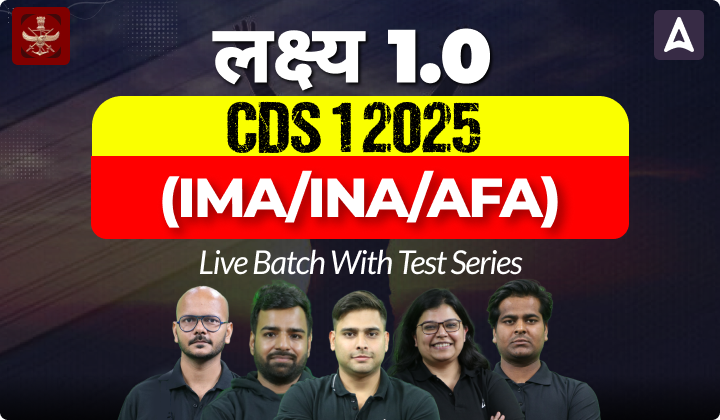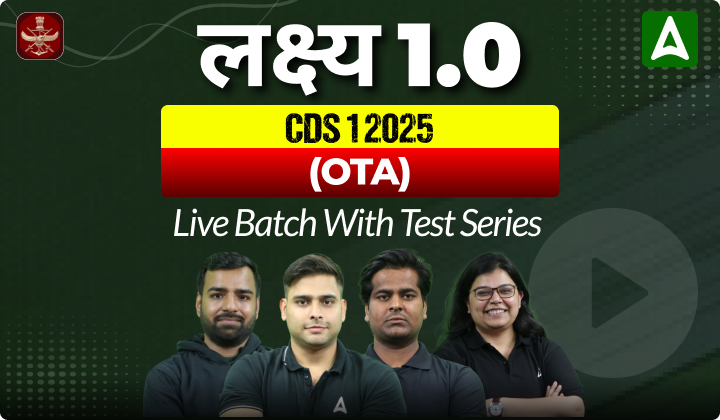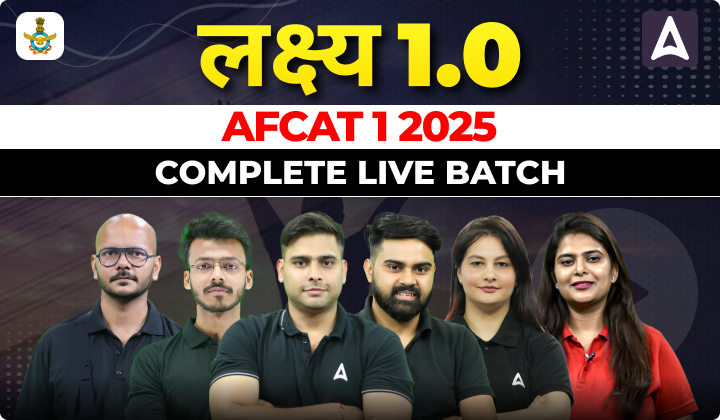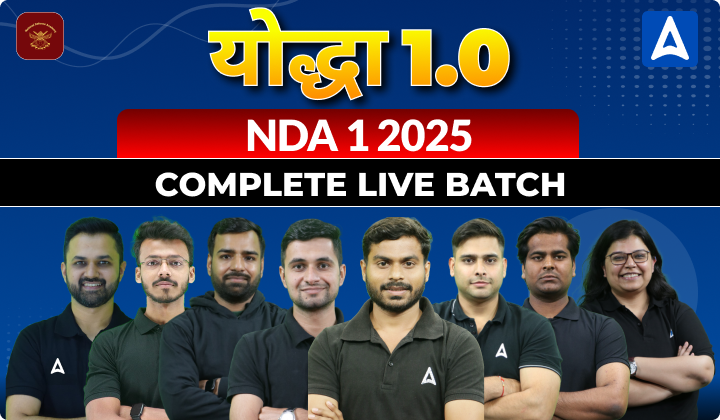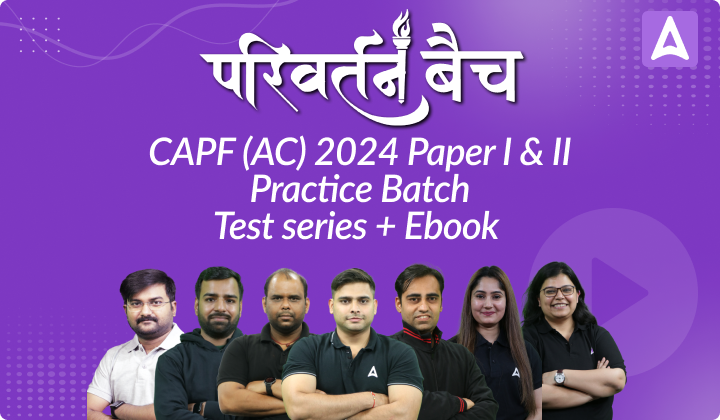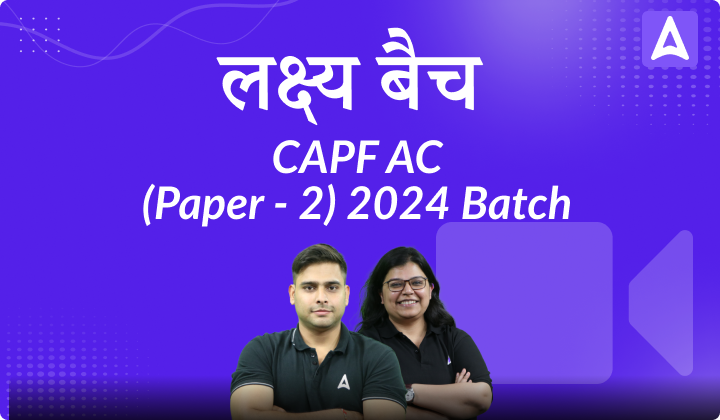Who is the First Governor General of India?
Through Charter Act of 1833, the post name of Governor-General of Bengal converted into “Governor-General of India” and William Bentinck became the first Governor-General of India. This post was mainly for administrative purposes and reported to the Court of Directors of the East India Company.
He was known as the patron of westernization of Indian society and culture.

Governor General – Hierarchy of Posts During British Era
Earlier the position of Governor of Bengal was available from 1773 to 1833. The East India Company controlled Bengal through the post of Governor of Bengal. Robert Clive was the first one to hold this position, it means he was the first Governer of Bengal. Similarly, other Presidencies of Bombay, Madras had their governors too.
After the Regulating Act of 1773 was passed, the post of “Governor of Bengal” was converted to “Governor-General of Bengal” and the first person to hold that post to become first Governor-General of Bengal was Warren Hastings and the same followed for Bombay and Madras presidencies too.
And then By Charter Act of 1833, the post name of Governor-General of Bengal was converted into “Governor-General of India” and William Bentinck became the first person to hold that position and then After the revolt of 1857, the company rule was abolished and India came under the direct control of the British crown and due to this event Government of India Act 1858 passed which changed the name of post-Governor General of India by Viceroy of India. and the Viceroy was appointed directly by the British government. Lord Canning became the first Viceroy of India.
First Governor General of India – William Bentinck
William Bentinck was born on 14 September 1774 in Buckinghamshire, England. His father was William Bentinck, 3rd Duke of Portland and mother was Lady Dorothy. He belonged to a privileged family as his father was a Prime Minister of Great Britain. At the young age of 16 only, Bentinck joined the British army and had become a colonel by 1798. In 1803, he was named the Governor of Madras. He later served as Governor-General of India from 1828-1835. He associated himself with many reforms in educational, social and judicial spheres during his tenure as Governor-General of British India.
He was the Governor-General of India till 20th March 1835 and he died on 17 June 1839 in Paris.
Important Facts About Lord William Bentinck
Condition of Finances of the Company
The Finances of the East India Company were tottering due to the prolonged Anglo-Burmese War. There was a general dissatisfaction among the masses who had heard the story of the Mutiny of Barrackpur. The first step Lord William Bentinck took was to restore the equilibrium in the East India Company’s finances. He took the following steps:
- He reduced the permanent expenditures of the company amounting to 15 Lakh Sterling every year.
- He incorporated the revenue from the lands which had escaped the earlier assessments.
- He imposed duty on Opium cultivated in Malwa.
- He widened the door, though which the natives could enter the services of the company.
Abolition of Sati in 1829
The British permitted it initially but the practice of Sati was first formally banned in city of Calcutta in 1798, but it still continued in some areas. The Bengal Presidency started collecting facts and figures on the practice of Sati in 1813. The data showed that in 1817 only, 700 widows were burnt alive in Bengal alone. From 1812 onwards, it was Raja Rammohan Roy, who started his own campaign against the Sati practice. It was on 4 December 1829, when the practice was formally banned in all the lands under Bengal Presidency by Lord William Bentinck. By this regulation, the people who abetted sati were declared guilty of “culpable homicide.”
Bentinck said that “the dreadful responsibility hanging over his head in this world and the next, if… he was to consent to the continuance of this practice (sati) one moment longer.”
Suppression of Thugs by William Bentinck
Lord William Bentinck is known for his successful efforts of suppressing Thugs. Thugs were the hereditary assassins, disguised as merchants or pilgrims, deceived people and strangled them to death with their Pugree or handkerchief. They used to attack in Gangs.
In suppression of Thugs, along with William Bentinck, one more name is cherished. This able officer was William Henry Sleeman. Initially he was a soldier and later became the administrator.
In 1835, the ‘Thuggee and Dacoity Dept’ was created by William Bentinck and William Henry Sleeman was made its superintendent. He was later promoted as its Commissioner in 1839.
Ban on female Infanticide and human sacrifice
Bentinck prohibited female infanticide and the custom of certain of newly born girls to be killed and against human sacrifices.
Judicial Reforms of William Bentinck
The first reform done was to abolish the Provincial Courts of Appeal and Circuit Courts altogether which reduced the expenditure of the company Government. The appointment of the Commissioners introduced individual responsibility and Police was now less oppressive as the Commissioners would dispose the cases. The Jury system in Bengal (Panchayat) made possible the use of local knowledge and opinion. In 1831, another regulation was passed by which the “Respectable Indians” were to be appointed in the Zilla or City Courts. They were called “Munsifs“ and they could decide the cases worth less than Three Hundred Rupees.
Then, in a separate regulation, it was decided the Governor General in Council would appoint respectable Indians to the post of Sadar Amins. The Sadar Amins would hear appeals from the Zilla and city courts. It was the highest Judicial Indian authority. However, neither Munsifs nor Sadar Amins could trial the Europeans.
In 1832, a sort of Jury was introduced in Bengal, which was like Indian Jury (Panchayat) that could help the European Judges. To some extent, Indians were now able to enter into the administration. It was not tangible at that time, but at least it was a ray of hope for the Indians.
Major Political Events During William Bentinck
Direct Control of Mysore
After the Fourth Anglo Mysore war, a young Raja of Mysore of Wodeyar dynasty was placed on the throne of Mysore. For a few years, the relations between British and Mysore remained cordial. But in Late 1820s, there was a civil insurrection in Mysore. This was either due to the financial oppressions of the British Resident or due to misgovemment and oppressive taxation of the maharaja. These developments led to the British to take direct control over the Mysore in 1831. This arrangement continued till 1881, when Mysore was restored to native government, and the lawful heir enthroned.
Coorg War 1834
In 1834, British East India Company and the Raja of Coorg in 1834 entered into a conflict which was a short but bloody war. The Raja was defeated was permitted to retire to Benares. Coorg was annexed to British Empire. The annexation of the Coorg was the only annexation effected by Lord William Bentinck.
If you want more such information, Download ADDA247 Now!!




 CDS Previous Year Question Papers, Downl...
CDS Previous Year Question Papers, Downl...
 AOC Result 2025 Out, Download Link Activ...
AOC Result 2025 Out, Download Link Activ...
 NDA 1 Admit Card 2025 Out, Download NDA ...
NDA 1 Admit Card 2025 Out, Download NDA ...

